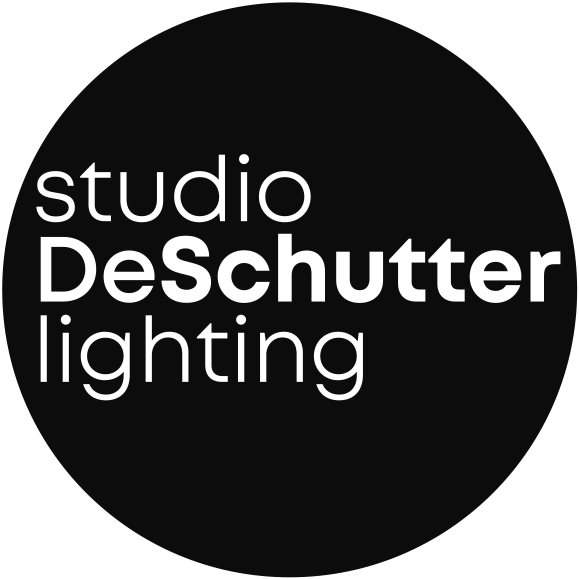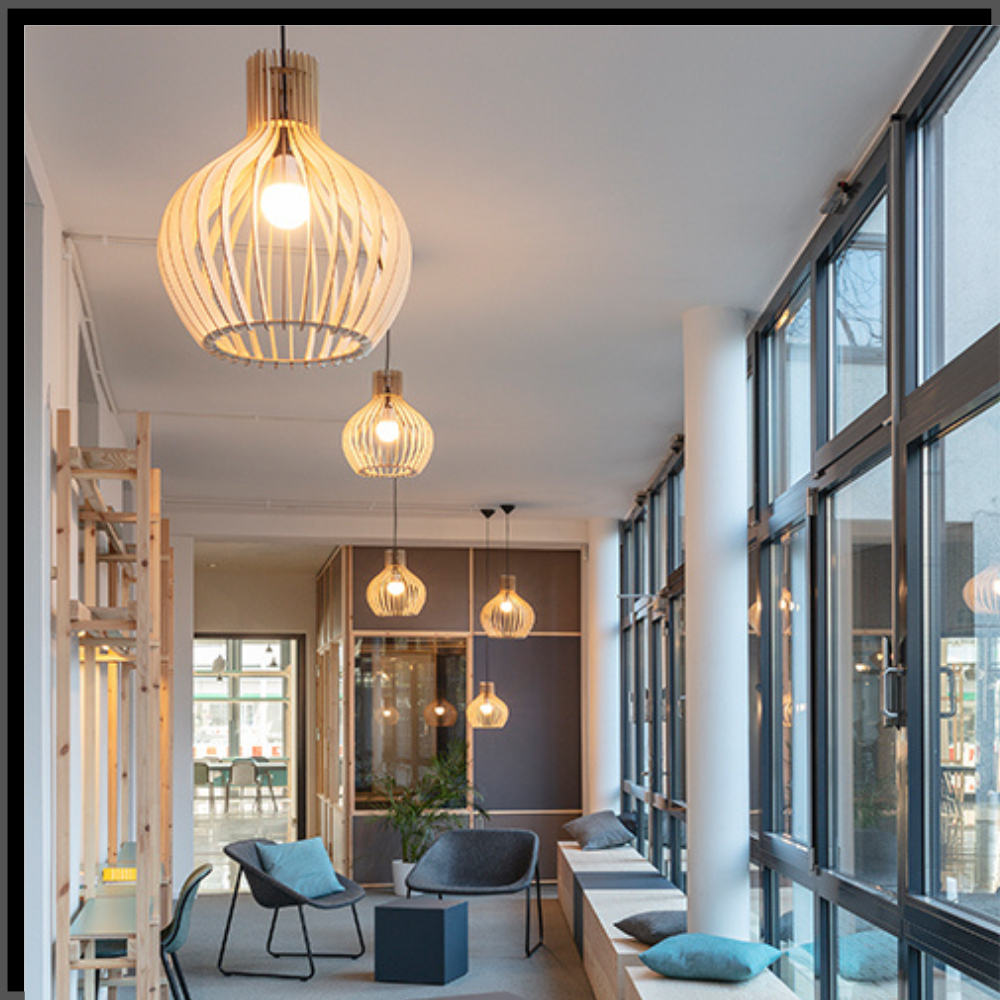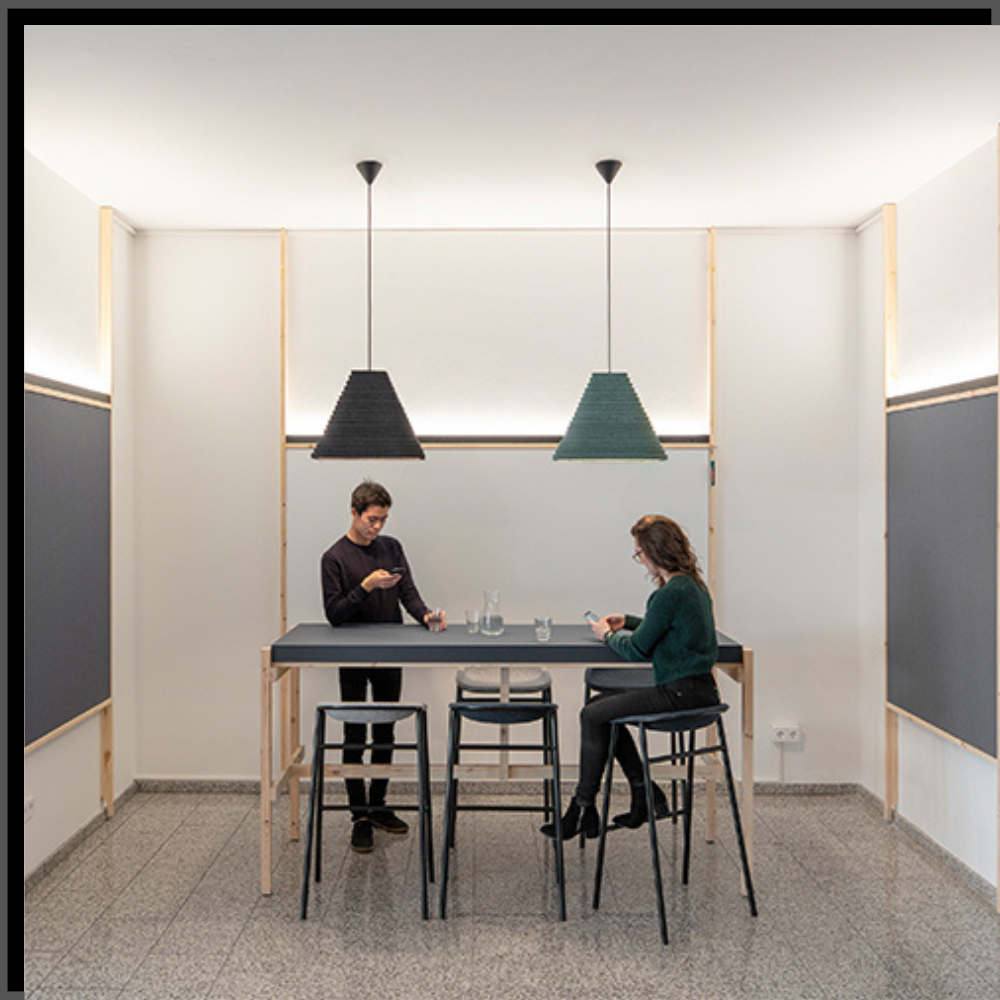Lux at the Workplace: What Do You Really Need in Practice?
The question of proper lighting accompanies almost every office, workshop, and laboratory. Time and again, the term lux at the workplace appears. Official reference values can be useful, but in real life, the gap between theory and practice becomes clear very quickly.
Standards vs. Reality
Standards such as DIN EN 12464-1 recommend fixed levels, for instance 500 lux (average illumination on the workplane) for typical office work. But these are based on average situations. In reality, many factors determine how much light is truly appropriate:
🌐 Computer based work requires different light qualities than precise manual tasks.
🌿 Daylight strongly influences perception and often reduces the need for artificial lighting.
👥 Personal preferences vary widely, some prefer bright environments, others feel more comfortable in softer light.
Why Standards Don’t Tell the Whole Story
Lighting standards have been revised several times, often raising requirements. As lighting designers, we sometimes see this as lobby-driven. More lux does not automatically mean better lighting. What matters is how light interacts with the space and the people using it.
Our Recommendation
So, how much light does a workplace really need? The honest answer is: it depends. No one-size-fits-all solution exists. We analyze each project individually, taking into account architecture, materials, and available daylight. In naturally bright buildings, less artificial lighting is needed, in deeper or north-facing spaces, lighting must be layered and carefully tuned.
Light is Personal
Our eyes age, our lenses become yellower, and we perceive less brightness over time. That’s why older employees often need more light to see the same level of detail. Lighting design must respect these biological differences and adapt accordingly.
Inclusive Lighting Design
Inclusive office lighting means creating spaces that work for everyone, neurodivergent teams included. We plan brighter areas, neutral zones, and darker spaces for focus and calm. This diversity allows everyone to find a place that feels right, supporting comfort, equity, and individuality.
Practical Examples
✨ Design studios often need around 750 lux to accurately perceive colors and materials.
⚙️ Production areas may require task lighting up to 1,500 lux, with darker surroundings for contrast.
💻 Co-working spaces benefit from flexible controls, allowing each user to adjust their preferred brightness.
Lighting Design Means Understanding People
Lux at the workplace isn’t a fixed figure, but a balance between standards, architecture, and perception. Those who rely only on tables miss the real purpose, to design light that unites function, wellbeing, and atmosphere.
As Sabine De Schutter puts it:
“To design light is to create spaces where everyone feels seen – regardless of age, perception, or standard.”
A modern workspace doesn’t need uniform light but thoughtful diversity. True lighting design balances empathy and efficiency, shaping environments that reflect both human needs and spatial identity.
👉 Learn how professional lighting design transforms workplaces into inspiring environments.
👉 Subscribe to our newsletter for more insights into perception, efficiency, and atmosphere.




